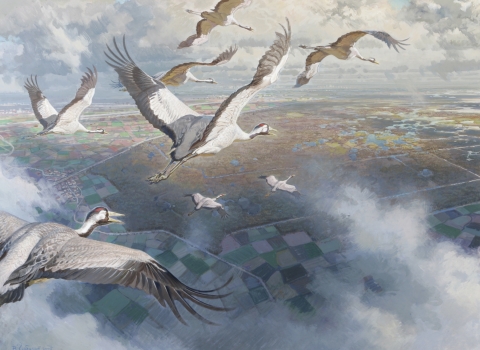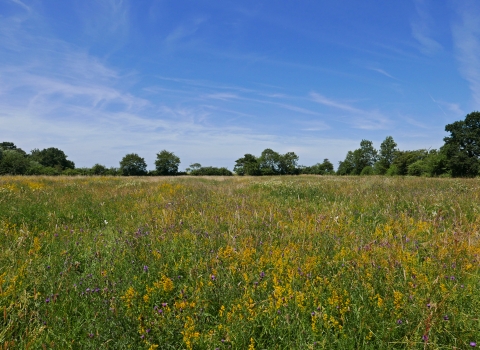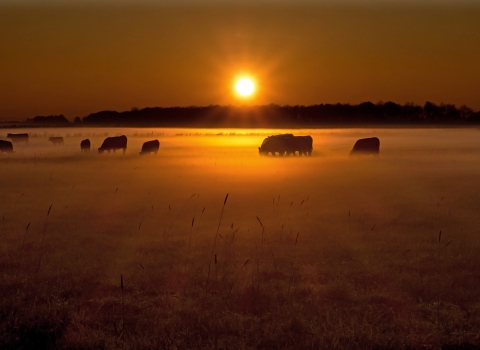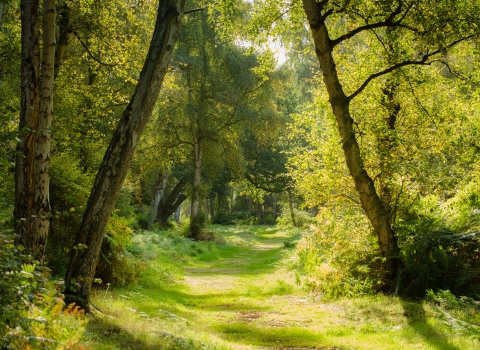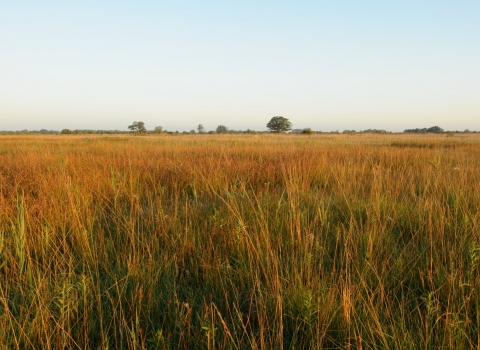Habitat restoration involves a gradual change. Areas that were previously arable fields have, over time, been enriched by continuous use of fertilisers. This has raised the nutrient levels in the landscape to unnaturally high levels. These levels are to high for many wild plants to successfully thrive so first we need to reduce these levels.
We are doing this by restoring many arable fields to grassland and using conservation grazing and hay cutting to reduce the nutrient levels. Ultimately these grassland areas will be restored back to wetlands. We are also improving watercourses through the careful use of new and existing ditches and drains. This will allow us greater control of the water levels across the Great Fen.
If you visit the different areas of the Great Fen you will see a mosaic of habitats from former arable fields that we have only just started to restore, to more mature areas of restoration and places that still contain fragments of the ancient wild fen. As a result a variety of species can be seen in each area. The ultimate goal of the Great Fen is the recovery of nature and a wilder future for people and wildlife.
